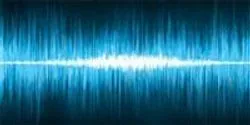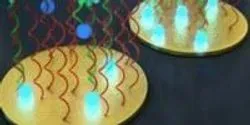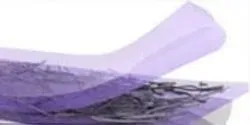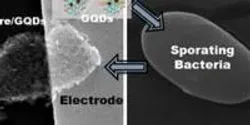Sensors

Thermal imaging, microscopy and ultra-trace sensing could take a quantum leap with a technique developed by researchers at the Department of Energy’s Oak Ridge National Laboratory.

A new simple tool developed by nanoengineers at the University of California, San Diego, is opening the door to an era when anyone will be able to build sensors, anywhere, including physicians in the clinic, patients in their home and soldiers in the field. The team from the University of California, San Diego, developed high-tech bio-inks that react with several chemicals, including glucose. They filled off-the-shelf ballpoint pens with the inks and were able to draw sensors to measure glucose directly on the skin and sensors to measure pollution on leaves.

Testing for ovarian cancer or the presence of a particular chemical could be almost as simple as distinguishing an F sharp from a B flat, thanks to a new microscopic acoustic device that has been dramatically improved by scientists at the U.S. Department of Energy’s (DOE) Argonne National Laboratory.















